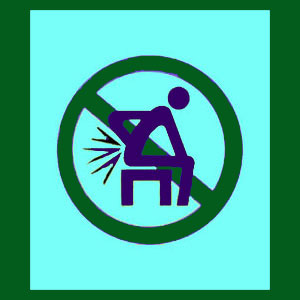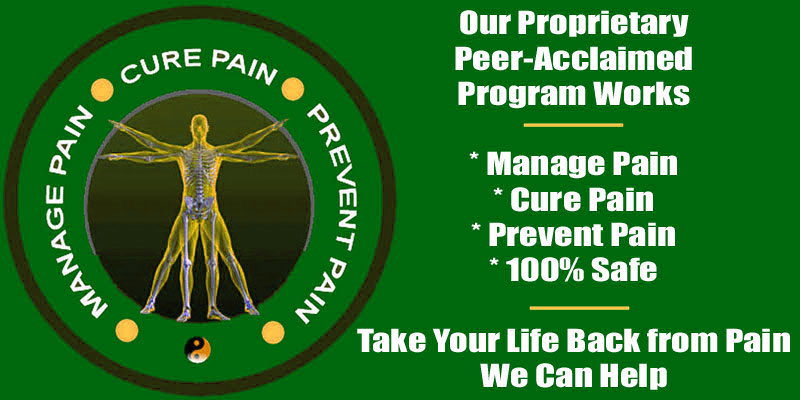
Spondylolisthesis in the elderly is rather common, since the age-related degenerative processes tend to encourage vertebral slippage in the lumbar and cervical regions of the backbone. Elderly spondylolisthesis is typically not overly symptomatic and is self-limiting in most cases, with few vertebral migration conditions progressing to the extent of threatening neurological function. However, when symptomatic cases do exist, they can be challenging to treat due to many age-specific factors.
Getting older involves widespread deterioration of all the systems and tissues of the body. No anatomical location is spared and the spine experiences truly dramatic degeneration due to normal aging and activity. By the advanced years of life, it is universal for humans to express these signs of aging in the vertebral column and spondylolisthesis is a perfect example of the type of change that can occur.
This essay examines the occurrence of spondylolisthesis in senior patients. We will explore a variety of reasons why listhesis tends to occur in the elderly, as well as why it is more difficult to treat successfully and safely.
Spondylolisthesis in the Elderly Presentation
Elderly-specific spondylolisthesis is caused by degeneration and is not present congenitally or developed from a young age. This is not to say that the elderly can not demonstrate these other forms of spondylolisthesis, for they can. However, these types of conditions are not specific to the elderly and can be present in all age demographics throughout life.
Most elderly spondylolisthesis occurs at L5, although a substantial percentage affects L4, or L4 and L5 in cases of multiple spondylolisthesis. Some cases present themselves in the cervical spine, usually affecting one or more of the vertebrae in the lower half of the C spine from C5 to T1.
Elderly spondylolisthesis is usually just part of the total picture of spinal degeneration that is commonly demonstrated by senior patients. Other notable presentations might include changes to cervical and/or lumbar lordosis, changes to thoracic kyphosis, widespread spinal disc desiccation, presentation of herniated discs, general central and foraminal spinal stenosis, general osteoarthritis of the vertebral bodies and facet joints, ligamentous hypertrophy and possible ossification and even the possibility of compression fractures throughout high mobility areas of the spine.
Causes of Spondylolisthesis in Seniors
Elderly-specific spondylolisthesis is classified as the degenerative variety of vertebral migration. This means that it is not present from birth, nor related to any specific congenital weakness in the spinal column. Instead, the vertebral slippage is caused by changes that are created by age and activity in the backbone. It must be noted that these changes are universal and expected. They are in no way inherently pathological, but they can lead to the development of pain and neurological expressions in some patients. Some of the usual contributing factors to elderly spondylolisthesis include:
Osteoporosis, osteopenia and general bone porosity issues are commonplace in the elderly. These conditions can facilitate fracture of the pars interarticularis or other aspects of the vertebrae, which might encourage listhesis. Any type of compression fracture can aid in the development of listhesis.
Facet joint arthritis can misalign the apophyseal joints, facilitating slippage of affected vertebral bones.
Changes in spinal curvature might facilitate vertebral migration through several mechanisms. Age-related scoliosis, kyphosis and lordosis can all play roles in the development of spondylolisthesis in the elderly.
Ligamentous laxity, hypertrophy and ossification can help to encourage spondylolisthesis.
Spondylolisthesis in the Elderly Treatment
Treating spondylolisthesis in the elderly can be challenging. Elders are usually limited in their physical capabilities and therefore might have a difficult time with conservative physical therapy and exercise-based care that can stabilize minor cases of instability.
Elders are also fragile health-wise, more susceptible to infections and their spines have degenerated to the point where traditional spinal fusion can become problematic. Although fusion can be used on elderly patients, it is usually reserved for cases where neurological functionality is in direct threat from very severe cases of vertebral migration. Fusing a degenerated spine is difficult and prone to complications, as the patient might suffer a decreased healing response, a failure to fuse, additional fractures at non-fused locations or the detachment of surgical hardware due to bone porosity.
For all these reasons, symptomatic care is often the preferred course of treatment in the elderly, since drugs, injections and other conservative interventions can relieve pain and provide improved functional without the acute risks associated with invasive interventions.
Spondylolisthesis > Consequences of Spondylolisthesis > Spondylolisthesis in the Elderly



